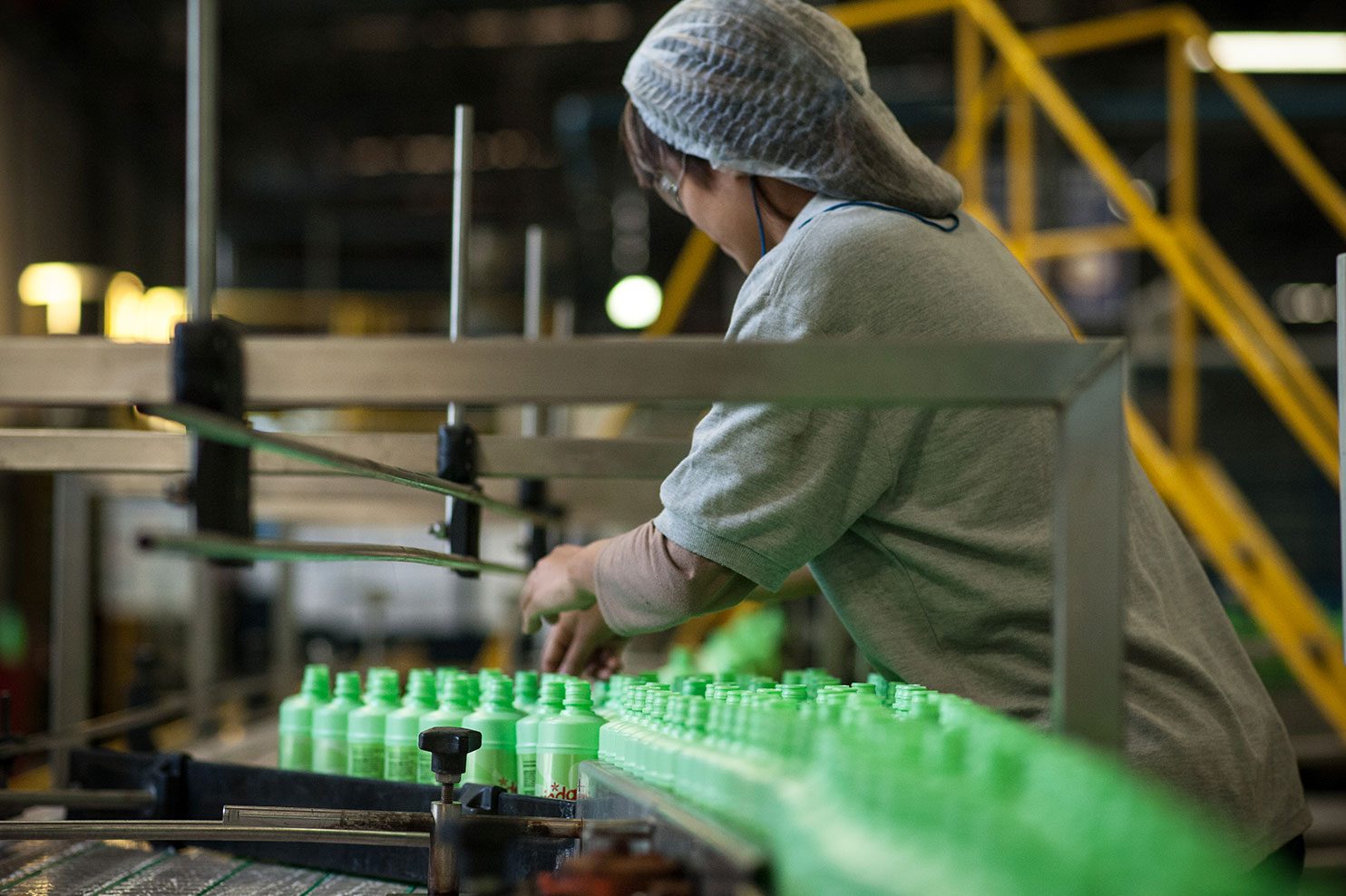Sustainability at Work
We’re committed to doing all that we can to reduce our workplace energy use and GHG emissions.
In 2010, our corporate headquarters at Oakland, California became one of only 38 buildings in the U.S. to achieve Platinum Level LEED — EB (Leadership in Energy and Environmental Design — Existing Building) certification–the highest eco recognition an existing building can achieve. Built in 1976, this 24-floor skyscraper is one of the oldest buildings to achieve this eco certification level.
The LEED program, administered by the U.S. Green Business Council, is the preeminent green building certification program in the U.S. and the nationally accepted benchmark for the design, construction and operation of high-performance green buildings. LEED-EB certification focuses on lowering the environmental footprint of an existing building’s operations and maintenance. Platinum certification is the highest of four certification levels the LEED program offers.
We’ve also earned silver LEED certification for our leased 1.145 million square foot warehouse and distribution center near Atlanta, Georgia.
This building features many sustainable features, some of which include:
- White TPO roof membranes and concrete truck courts instead of asphalt to reduce the heat island effect.
- Recycling of waste during construction coupled with extensive use of recycled materials
- Energy-efficient light fixtures and motion sensors
- Energy-efficient building design to cut utility costs
- Low-VOC adhesives, sealants and paint during building construction
- Preferred parking spaces for low-emitting and fuel-efficient vehicles.
We’ve also reduced our paper use by 30 percent across all of our North American facilities, with all remaining paper converted to 100 percent recycled content. We’ve also removed all desktop/personal printers from our corporate headquarters at Oakland, California, and we are in the process of cutting our network printers by 50 percent to further reduce our carbon footprint and paper consumption.
Over the past few years, we’ve significantly reduced business travel and upgraded our audio and video conferencing technologies, which has helped lower our Scope 3 GHG emissions. We also converted our company car fleet to hybrid vehicles, reducing fuel use by almost half and lowering annual GHG emissions by about 700 metric tons.
And to encourage our employees to reduce their personal footprint, we’ve worked with organizations like 511.org to provide car-pool and ride-share options for our employees.

